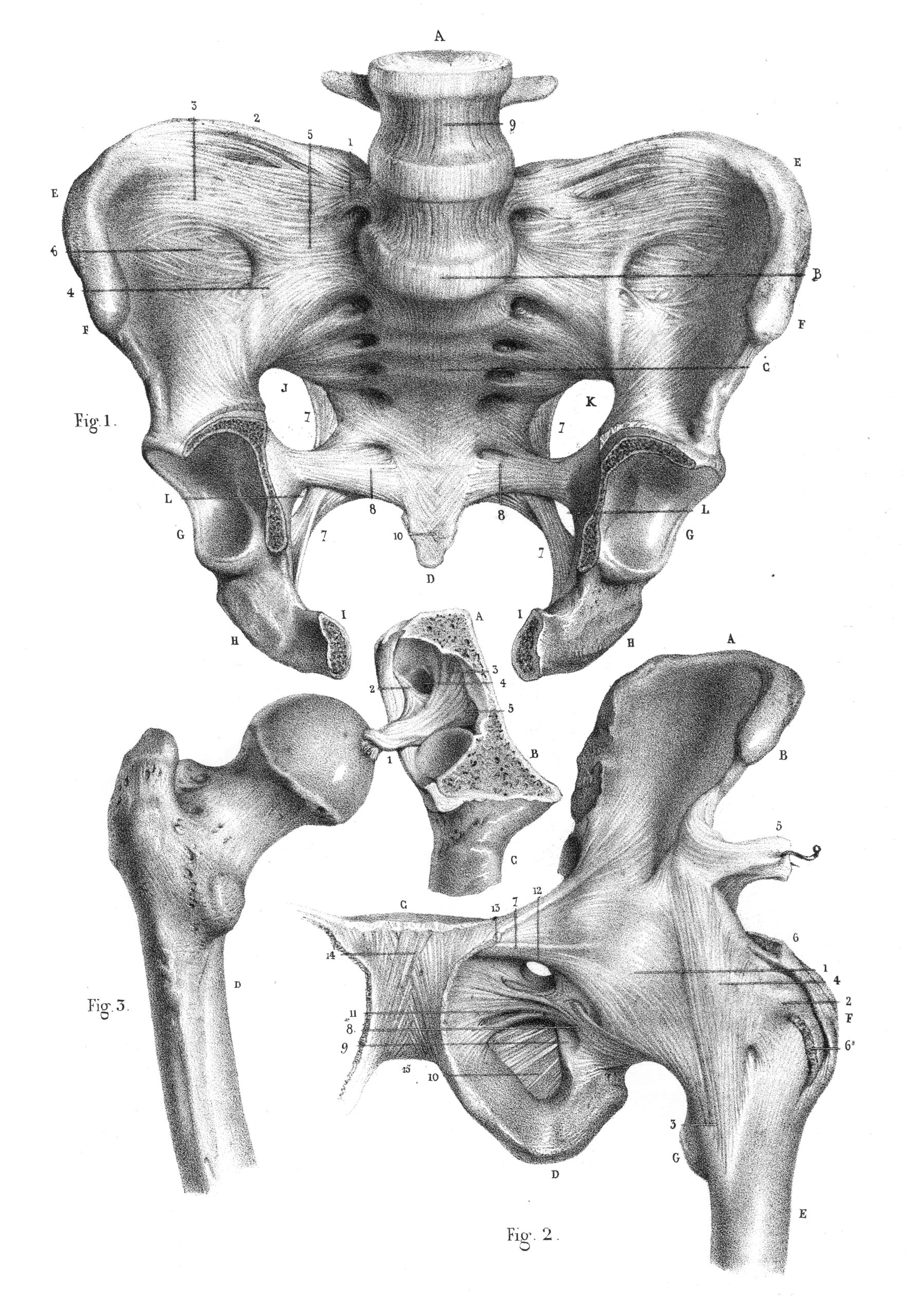Introduction:
Sacroiliac joint (SI joint) pain can be debilitating, impacting one’s mobility and quality of life. When conservative treatments fail, interventional procedures like intraarticular and lateral branch blocks (LBB) become valuable options. Both procedures aim to alleviate pain, but they differ in their approach and mechanism of action. This article delves into the nuances of intraarticular and lateral branch blocks, examining their effectiveness, indications, techniques, and potential complications in managing sacroiliac joint pain.
Understanding Sacroiliac Joint Pain:
The sacroiliac joint, located between the sacrum and ilium, plays a crucial role in transmitting forces between the spine and lower extremities. Dysfunction or pathology in this joint can lead to pain, often exacerbated by activities such as walking, sitting, or standing. Diagnosing SI joint pain can be challenging due to its complex anatomy and overlapping symptoms with other musculoskeletal conditions. However, diagnostic techniques like physical examination, imaging studies, and diagnostic injections help pinpoint the source of pain.
Intraarticular Block:
Intraarticular block involves injecting medication directly into the sacroiliac joint space under fluoroscopic guidance. This procedure aims to alleviate pain by reducing inflammation and disrupting pain signals from the affected joint. Before the injection, patients may undergo diagnostic blocks to confirm the SI joint as the pain source. Commonly used medications include local anesthetics, corticosteroids, or a combination of both. The procedure is typically performed on an outpatient basis and can provide both diagnostic and therapeutic benefits.
Advantages of Intraarticular Block:
1. Targeted Approach: By delivering medication directly into the joint space, intraarticular blocks precisely target the source of pain, maximizing therapeutic efficacy.
2. Diagnostic Utility: In addition to providing pain relief, intraarticular blocks serve as valuable diagnostic tools, helping clinicians confirm SI joint involvement in patients with suspected sacroiliac joint pain.
3. Long-lasting Relief: Depending on the chosen medication, patients may experience prolonged pain relief following an intraarticular block, allowing for improved function and mobility.
Lateral Branch Block (LBB):
Lateral branch block targets the nerves innervating the sacroiliac joint rather than the joint itself. These nerves, known as lateral branches, transmit pain signals from the SI joint to the central nervous system. During the procedure, a local anesthetic is injected near these nerves to interrupt pain transmission. Lateral branch blocks are often performed when intraarticular blocks fail to provide sufficient pain relief or when SI joint dysfunction is suspected but not confirmed by diagnostic injections.
Advantages of Lateral Branch Block:
1. Selective Pain Relief: By targeting the nerves carrying pain signals from the SI joint, lateral branch blocks offer selective pain relief, minimizing the risk of affecting surrounding structures.
2. Reduced Risk of Joint Trauma: Unlike intraarticular injections, which directly enter the joint space, lateral branch blocks avoid potential trauma to the sacroiliac joint, reducing the risk of complications such as joint infection or damage.
3. Potential for Radiofrequency Ablation: Lateral branch blocks can serve as a precursor to radiofrequency ablation, a minimally invasive procedure that uses heat to deactivate the nerves responsible for transmitting pain signals. This approach provides longer-lasting pain relief compared to temporary nerve blocks.
Comparative Analysis:
While both intraarticular and lateral branch blocks offer effective pain relief for sacroiliac joint dysfunction, they differ in their mechanisms, indications, and potential outcomes. Intraarticular blocks provide targeted relief by directly addressing joint inflammation, making them ideal for both diagnosis and treatment. On the other hand, lateral branch blocks offer selective pain relief by targeting nerve innervation, making them suitable for patients with confirmed SI joint involvement or those who have not responded adequately to intraarticular injections.
Conclusion:
Intraarticular and lateral branch blocks represent valuable interventions in the management of sacroiliac joint pain, offering targeted relief and diagnostic utility. Understanding the differences between these procedures is crucial for clinicians to tailor treatment approaches to individual patient needs effectively. By leveraging the strengths of each technique, healthcare providers can optimize outcomes and improve the quality of life for patients suffering from sacroiliac joint dysfunction.
